MOLD VS MILDEW
Mold vs. Mildew: What’s the Difference?
Mold and mildew are fungi that develop due to excessive, unchecked moisture. Both mold and mildew start as tiny spores that often require a similar environment to flourish, making them easy to confuse. However, mold and mildew shouldn’t be treated the same. It’s important to understand the differences in appearance and health effects to prevent more significant issues from taking root in your property.
Identifying Mold vs. Mildew:
Though the term is often used interchangeably with mold, mildew refers to specific types of fungus, including some types of mold. Both are considered fungi that require water, oxygen, and food to live and survive. According to the EPA, mold can spread on any organic matter, including clothing, leather and paper, as well as ceilings, walls and floors. Mildew often appears on shower walls and windowsills, but can also grow on plants, paper or cloth.
Mold and mildew differ in appearance and possible health risks. Mildew has a gray, white or light brown color and generally rests flat on the surface of a moist area. It has a powdery appearance that may have a distinct, foul odor. Mold has a fuzzy, raised appearance and in unaired areas has a strong, musty smell. It often appears in darker shades of black, green and red. Mold and mildew can appear on damp surfaces as soon as 24 to 48 hours. Mildew typically appears first as small dots and grows in an outward pattern, but it remains on the surface. Mold, however, can quickly grow inward and upwards, eating into walls, ceilings and other surfaces causing substantial property damage.
Health Effects:
Although mildew can cause minor respiratory problems like coughing fits, it is not as invasive or troublesome as mold. Mold can produce allergens that can trigger allergic reactions, asthma attacks or produce potent toxins and/or irritants. Hypersensitivity pneumonitis (lung inflammation) has also been linked to mold exposure. People with the greatest risk of health effects from mold exposures are the elderly, the very young and expectant mothers, as well as individuals with mold allergies, asthma and other chronic respiratory ailments.
Mildew is a surface fungus that can be cleaned with a disinfectant cleaner, bleach and a scrub brush. Mold is often a sign of a larger issue that may require professional treatment. Unlike mildew that grows on the surface, mold penetrates the objects it lives on and eats away at their cellular integrity.
If you find small concentrations of mold on easy-to-clean surfaces like windows, tubs, tiles and sinks, it can usually be cleaned with disinfectants or a bleach and water solution. Larger areas of mold may require professional remediation.
Hiring a Specialist
According to the EPA, if you discover mold growing on drywall, studs, subflooring or your HVAC system in an area greater than 10 square feet, it’s best to hire a professional mold removal service. Improperly treating severe infestations can cause cross-contamination to other sites.
Hiring a Specialist
According to the EPA, if you discover mold growing on drywall, studs, subflooring or your HVAC system in an area greater than 10 square feet, it’s best to hire a professional mold removal service. Improperly treating severe infestations can cause cross-contamination to other sites.
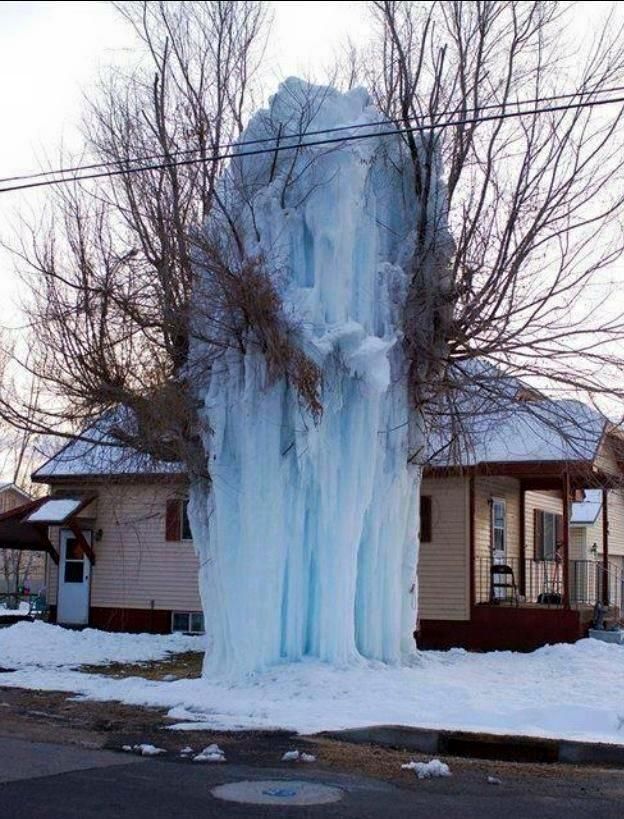


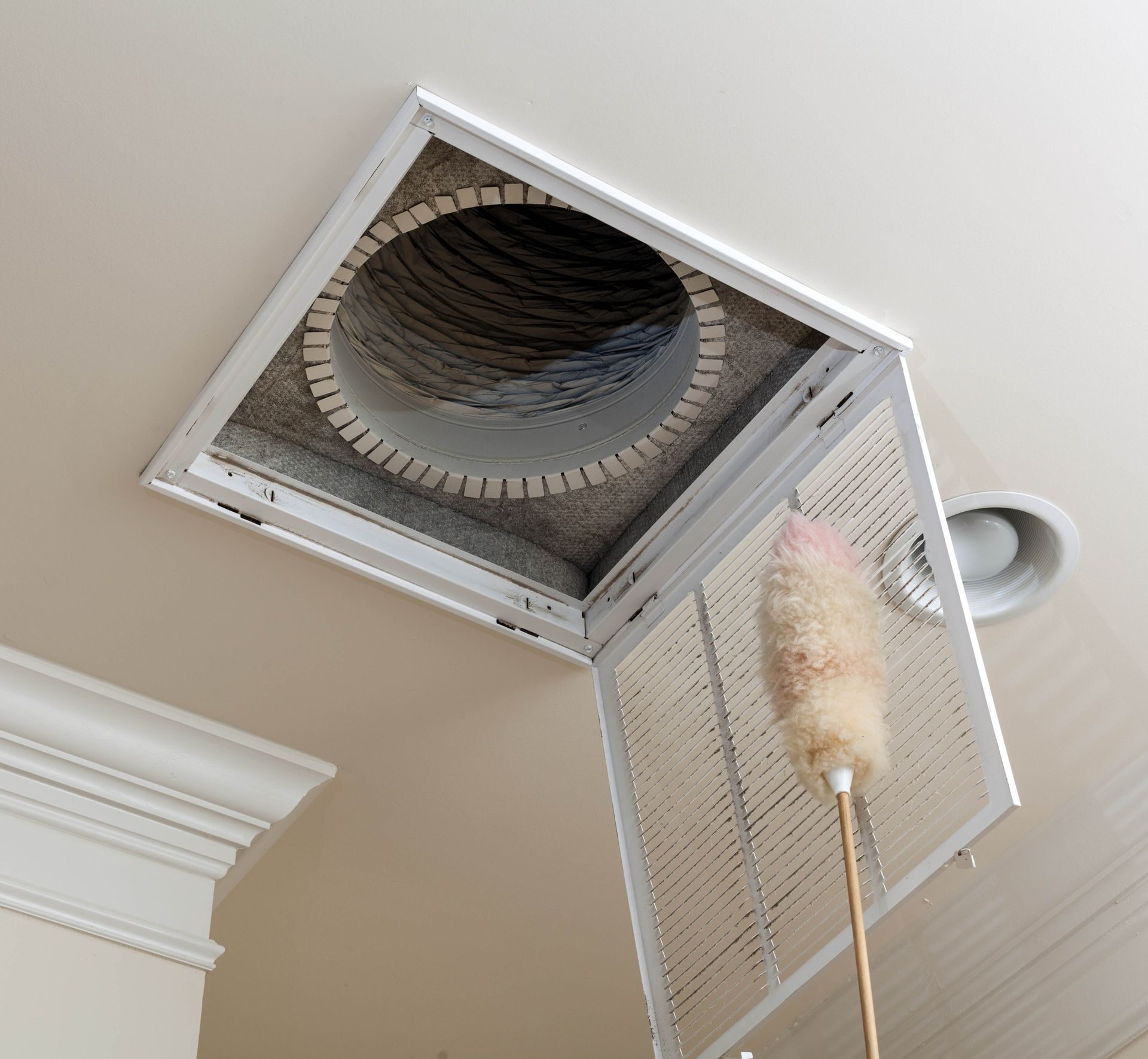
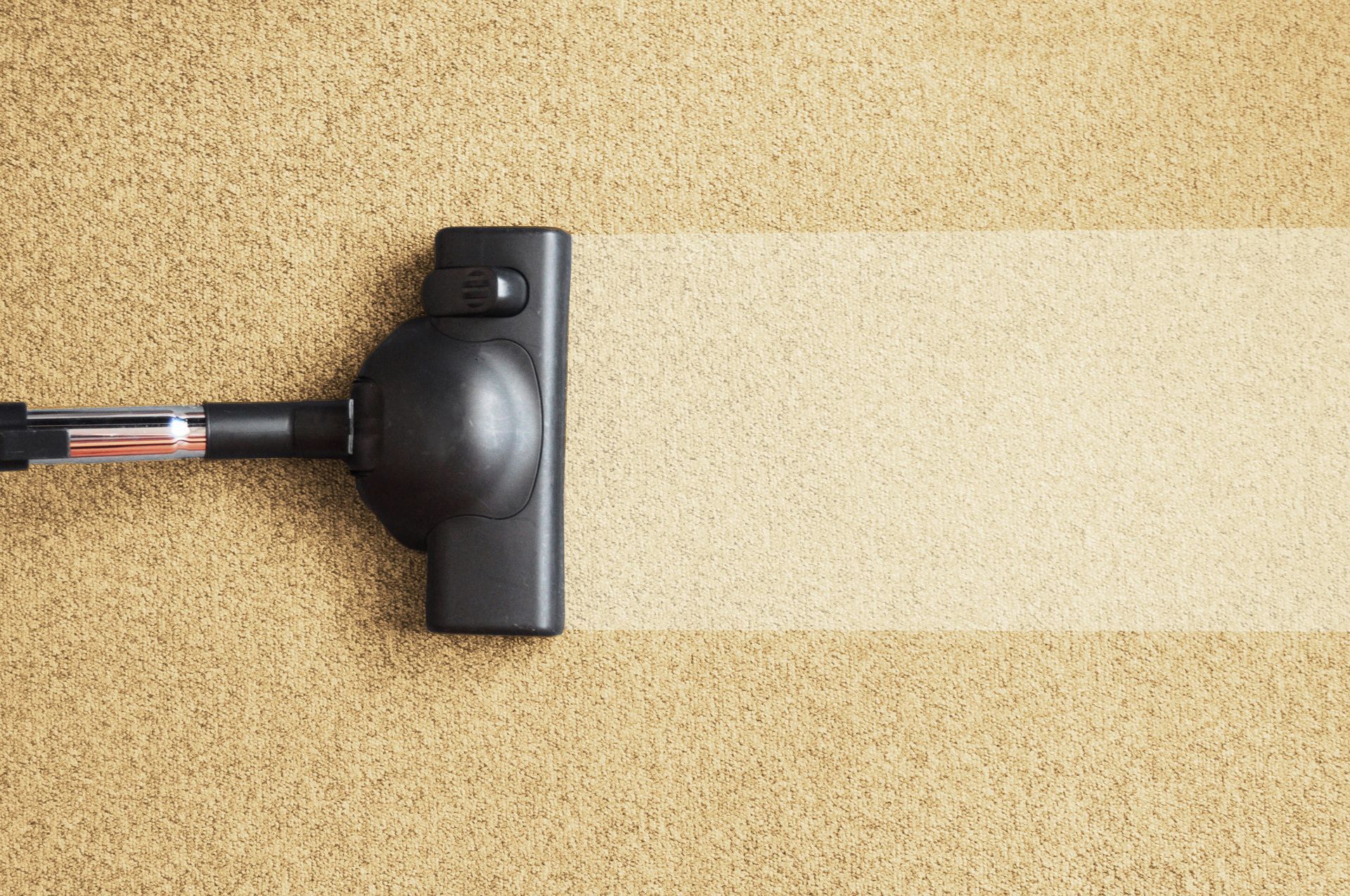
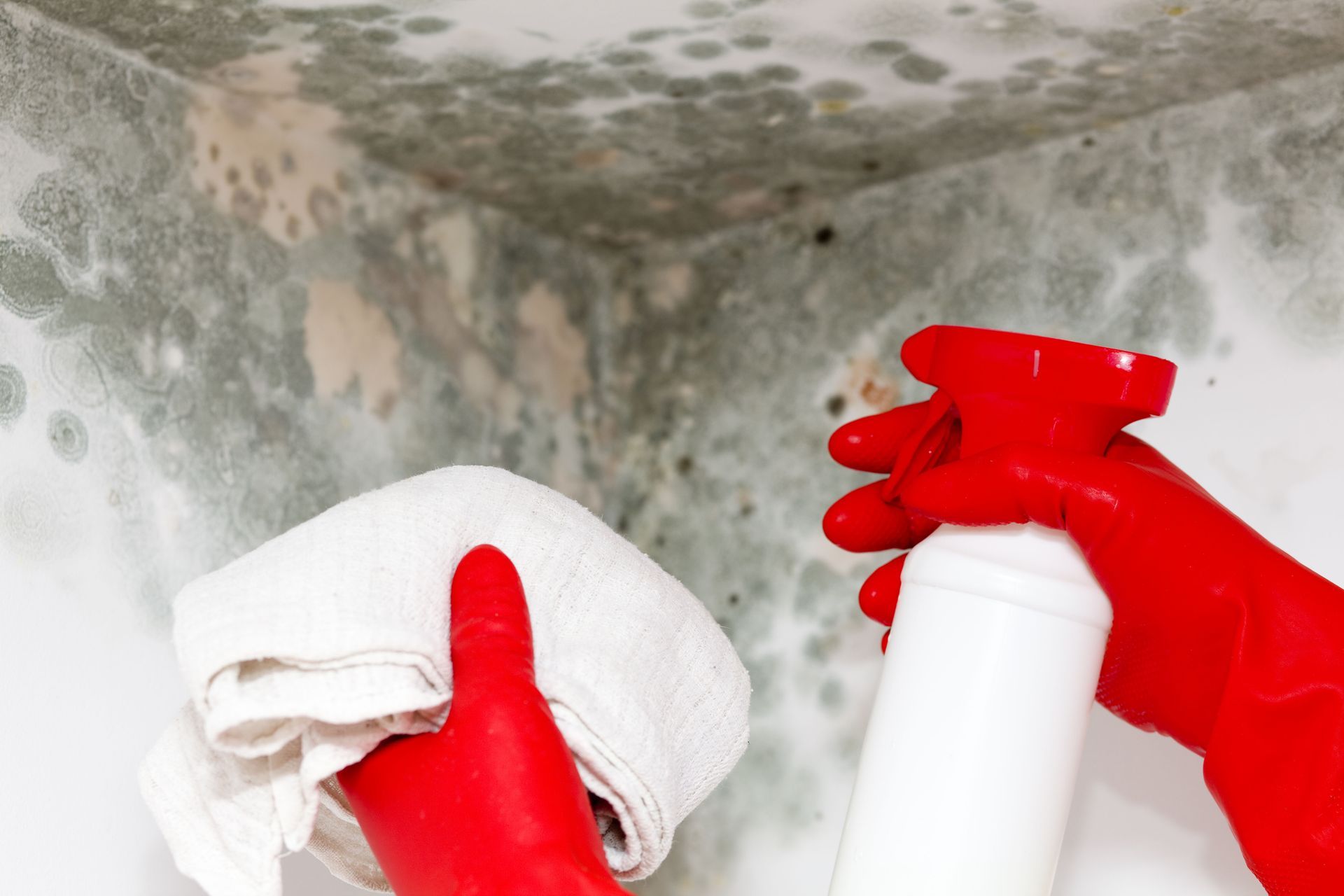
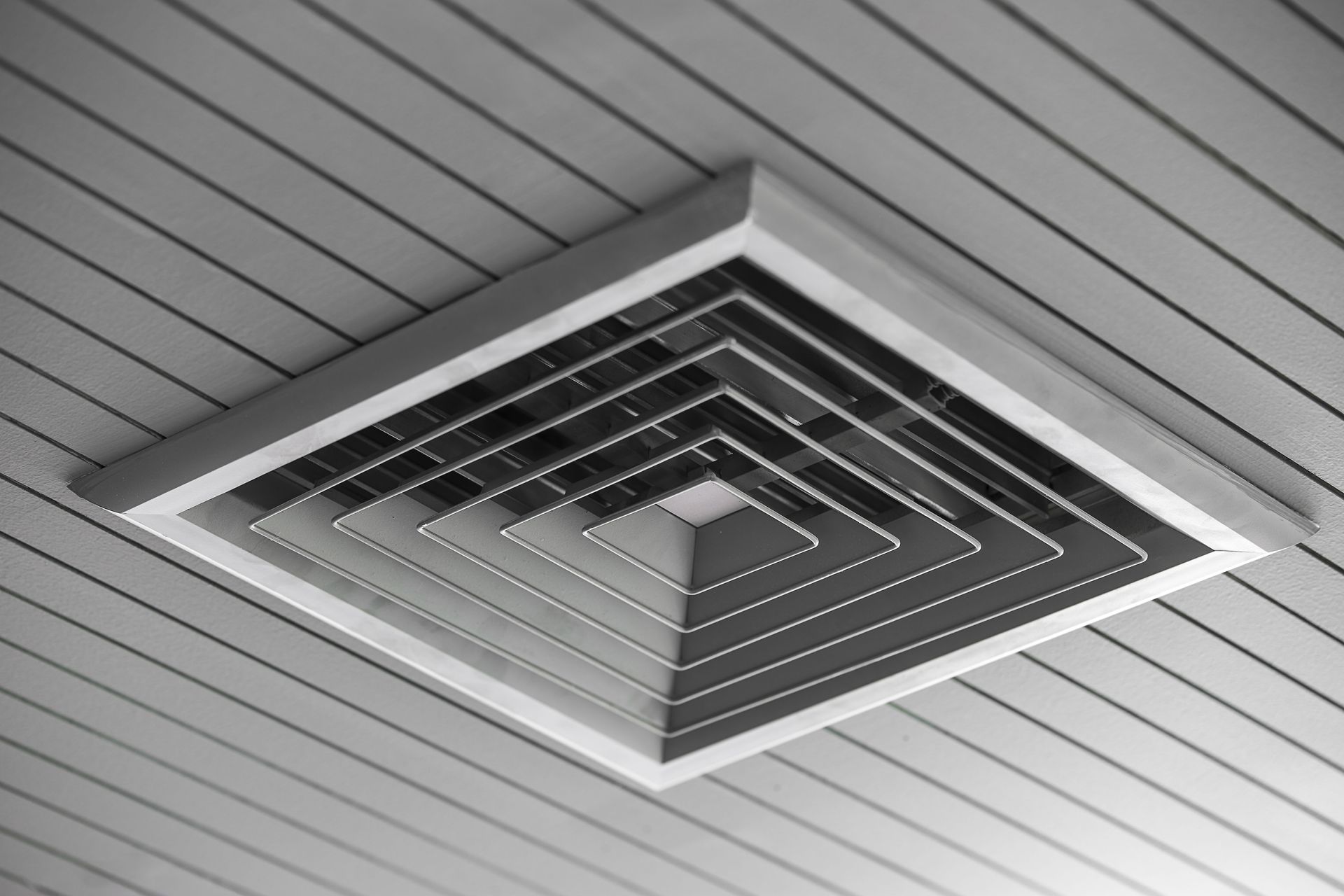


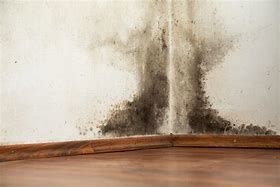
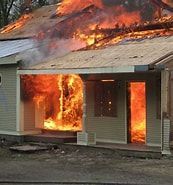

Share On: